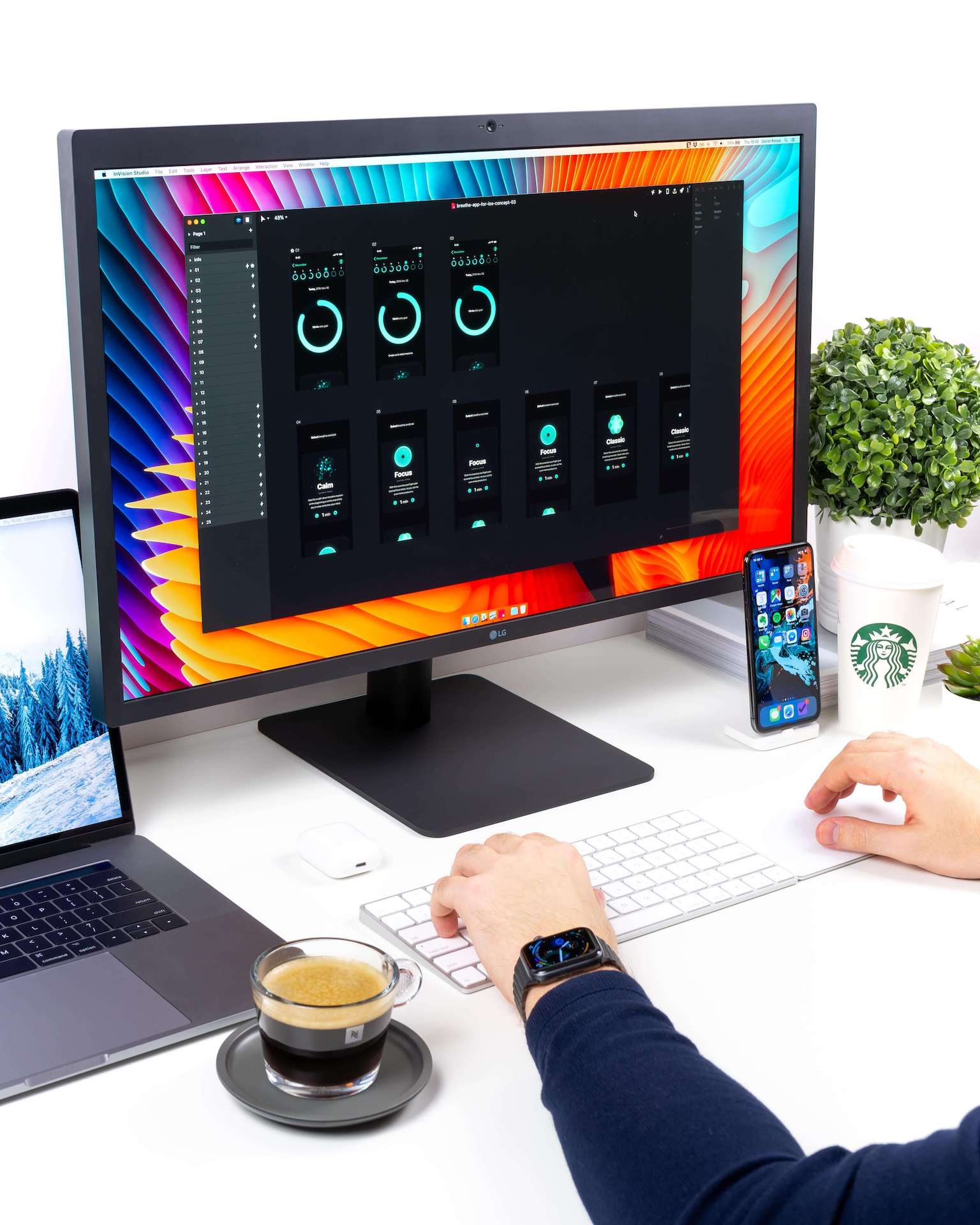
Agriculture weather forecasting software
Need an application to make better precision agriculture decisions to protect resources, boost yield, and maximize profit? We can develop custom-made forecasting software to secure your agriculture business.
What is Weather Software?
Weather forecasting is essential for a farmer’s key business decisions. Weather data and forecasts help to plan almost all day-to-day decisions including crop irrigation, time to fertilize, and what days are optimal for selected fieldwork. Smart decisions that farmers need to make will result in a successful crop or failure.
The most crucial weather parameters for agriculture
Almost all day-to-day decisions and profit are affected by them

Rainfall

Temperature

Wind

Air pressure

Humidity
Why Do You Need Weather Forecasting Software?
Weather is the most critical element that affects the farming business. It can influence crop growth, total yield, pest occurrence, water, and fertilizer need, and all farm activities carried out during the growing season.
In other words, farming under the open sky is greatly reliant upon the weather and is subject to its moody conditions, especially nowadays, when climate change leads to unpredictable weather which is beyond human control.
Weather information is also playing an increasingly instrumental role in the evolving field of precision agriculture, a farming practice that emphasizes accuracy and control when it comes to the growing of crops. An essential aspect of this approach is the use of information technology, which includes weather prediction and other items, such as satellite and aerial imagery, GPS guidance, sensors, drones, variable rate fertilizer application, and crop health indicators.
Here are the most important aspects of agriculture that are highly affected by weather conditions:

Where We Need Weather Forecasting Software?

Crop Growth/Irrigation

Fertilizer Timing and Delivery

Pest and Disease Control

Field Workability
Benefits of Agriculture Weather Software Development
Weather solutions have wide-ranging uses and their numerous benefits are just as diverse.
Decision Making
Weather software enables companies to make choices with the most thorough, correct, and up-to-date information possible.
Crops and Fieldwork Efficiency
Companies use weather data to plan optimal weather windows for a particular stage and type of cropping or secure the most strategic field operations from critical weather conditions.

Accuracy
With up-to-date information and an accurate scale, the weather solutions keep data points ratings and forecasting models correct, which leads to more accurate business decisions and actions.
Automation and Safety
With weather-enabled software, tasks like location-based weather alert reporting and farming work planning can be automated. This saves crops, time, and money along the way, freeing resources for more important tasks.

Visual Clarity
Reading raw data across numerous dimensions & values is near impossible. Geospatial mapping (with multiple layers) turns complex data human-readable.

Remote Sensing
Need to make decisions regarding locations that are out of reach, due to impracticality or cost? Weather software enables the most information for off-site analysis and assessment.

What Do You Need To Develop Weather Applications?
Weather technology is highly useful, but it can’t be carelessly added to an application on a whim.
For a start, there is a wide range of weather solutions, from software, libraries to tools and data sources. These decisions need to be accounted for at the start - and for that, you need an experienced weather software development company.
We’ll understand your core business needs and understand the exact data that you need for your objectives. Then, we create applications and software designed around this core functionality, ensuring a final product that’s easily read and used by users, whether it’s external customers or internal teams.
How Do We Develop Weather Forecasting Applications?
If your project is particularly ambitious, we can recommend a proof of concept to help ensure the viability and feasibility of the final solution, as well as prototyping to identify opportunities for improvement before release.

Project Planning
In addition to the usual product design elements, we also need to consider which weather tools we will use, in order to ensure compatibility with the rest of our choices.

The Initial Framework
All apps start with an initial framework - this is where we add core functionalities, like login, and basic views, UI, etc.

Add Libraries & Maps
Now to add weather sources and algorithms. Here we implement the data sources & tools chosen in step 1. Data is imported or called through API. We also add wrappers and other efforts to ensure smooth, compatible performance.

Create Maps/Weather Components
With both the basic app structure and the relevant data sources ready, we can refine our maps and components. This is where we can also add attributive data, to better show the information we want to layer on our maps.

Add Objects, Overlays & Layers
With the maps and data ready, we can now add the layers and data overlays we need for the final product to be user-friendly. This is where the data-heavy interfaces and maps are refined and focused.

Test, Refine & Repeat
We have a dedicated QA team. If results don’t meet our high standards, we refine them as much as necessary. It doesn’t launch until we know it fully meets the quality we promise.
